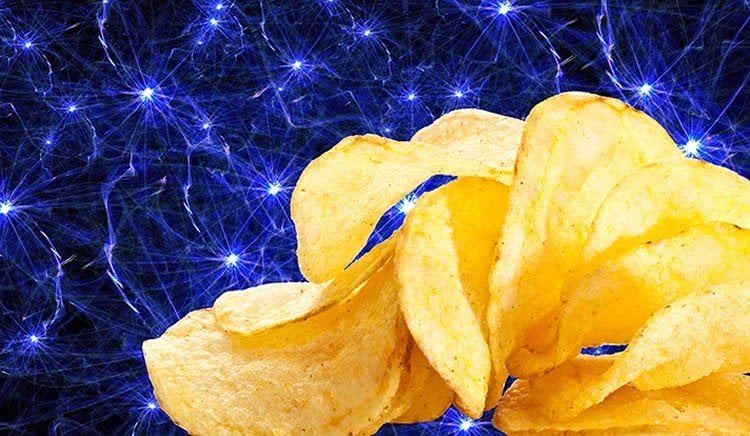Summary: Optogenetically activating neurons in an area of the brain not previously associated with feeding can produce binge eating behavior, researchers report.
Source: Yale.
Activating neurons in an area of the brain not previously associated with feeding can produce binge-eating behavior in mice, a new Yale study finds.
When activated by light probes, GABA neurons in an area of the brain called the zona incerta induce mice to return repeatedly to feed, Anthony van den Pol and Xiaobing Zhang of the Department of Neurosurgery report May 26 in the journal Science.
“What was most remarkable was the rapidity with which the mice began to eat,” said van den Pol. “Although many brain regions contribute to the regulation of energy balance and food intake, I am not aware of any other part of the brain that can be stimulated to generate feeding within two to three seconds.”
Mice gained considerable body weight if their zona incerta was stimulated, but then returned to normal weight in the absence of stimulation.
“The parallel with human binge-eating is interesting,” van den Pol said. “The mice prefer the animal equivalent of potato chips, candy, or cake.”
The mice seemed to enjoy the stimulation, staying in the part of the chamber where zona incerta neurons had been activated even when researchers were not actively stimulating the region.

Research has primarily focused on the medial and lateral hypothalamus as centers for feeding behavior and largely ignored the nearby zona incerta. However, some patients who undergo deep brain stimulation for treatment of movement disorders show increased interest in eating, perhaps due to stimulation of nearby zone incerta, van den Pol noted.
Funding: Primary funding for the research was provided by the National Institutes of Health.
Source: Bill Hathaway – Yale
Image Source: NeuroscienceNews.com image is adapted from the Yale news release.
Original Research: Abstract for “Rapid binge-like eating and body weight gain driven by zona incerta GABA neuron activation” by Xiaobing Zhang and Anthony N. van den Pol in Science. Published online May 26 2017 doi:10.1126/science.aam7100
[cbtabs][cbtab title=”MLA”]Yale “Optic Probes Shed Light on Binge Eating.” NeuroscienceNews. NeuroscienceNews, 26 May 2017.
<https://neurosciencenews.com/optogenetics-binge-eating-6781/>.[/cbtab][cbtab title=”APA”]Yale (2017, May 26). Optic Probes Shed Light on Binge Eating. NeuroscienceNew. Retrieved May 26, 2017 from https://neurosciencenews.com/optogenetics-binge-eating-6781/[/cbtab][cbtab title=”Chicago”]Yale “Optic Probes Shed Light on Binge Eating.” https://neurosciencenews.com/optogenetics-binge-eating-6781/ (accessed May 26, 2017).[/cbtab][/cbtabs]
Abstract
Rapid binge-like eating and body weight gain driven by zona incerta GABA neuron activation
The neuronal substrate for binge eating, which can at times lead to obesity, is not clear. We find that optogenetic stimulation of mouse zona incerta (ZI) γ-aminobutyric acid (GABA) neurons or their axonal projections to paraventricular thalamus (PVT) excitatory neurons immediately (in 2 to 3 seconds) evoked binge-like eating. Minimal intermittent stimulation led to body weight gain; ZI GABA neuron ablation reduced weight. ZI stimulation generated 35% of normal 24-hour food intake in just 10 minutes. The ZI cells were excited by food deprivation and the gut hunger signal ghrelin. In contrast, stimulation of excitatory axons from the parasubthalamic nucleus to PVT or direct stimulation of PVT glutamate neurons reduced food intake. These data suggest an unexpected robust orexigenic potential for the ZI GABA neurons.
“Rapid binge-like eating and body weight gain driven by zona incerta GABA neuron activation” by Xiaobing Zhang and Anthony N. van den Pol in Science. Published online May 26 2017 doi:10.1126/science.aam7100






